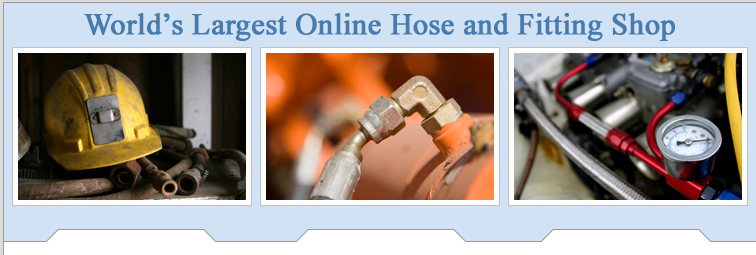A single pressure spike in a fraction of a second is all this takes…
By webadmin | in Hydraulic system
When a hydraulic system sees a spike in pressure it won't necessarily blow up with a bang. But damage can occur in a number of ways.
In fact, a single pressure spike of sufficient magnitude can render a piston pump or motor unserviceable.
Here's how:
In axial and bent axis piston pump and motor designs, the cylinder barrel is hydro-statically loaded against the valve plate. To maintain full-film lubrication between the rotating cylinder barrel and the stationary valve plate, the hydro static force holding them in contact is offset by a hydro-static force acting to separate the parts. The higher the operating pressure, the higher the hydro-static force holding the cylinder barrel in contact with the valve plate. However, if operating pressure exceeds design limits, the cylinder barrel will separate from the valve plate. Design geometry prevents a perfect alignment of the opposing hydro-static forces. This misalignment creates a twisting force (torque) on the cylinder barrel. During normal operation, this torque is supported by the drive shaft - in axial piston designs or center pin in bent axis designs. If operating pressure exceeds design limits, the magnitude of the torque created causes elastic deformation of the drive shaft or center pin. This allows the cylinder barrel to separate from the valve plate. Once separation occurs, the lubricating oil film is lost and the resulting two-body abrasion damages (scores) the sliding surfaces of the cylinder barrel and valve plate. Erosion of the kidney area of the valve plate can also occur as high-pressure fluid escapes into the case at high velocity. This surge of flow into the case can cause excessive case pressure, resulting in shaft seal failure.Craig Cook

